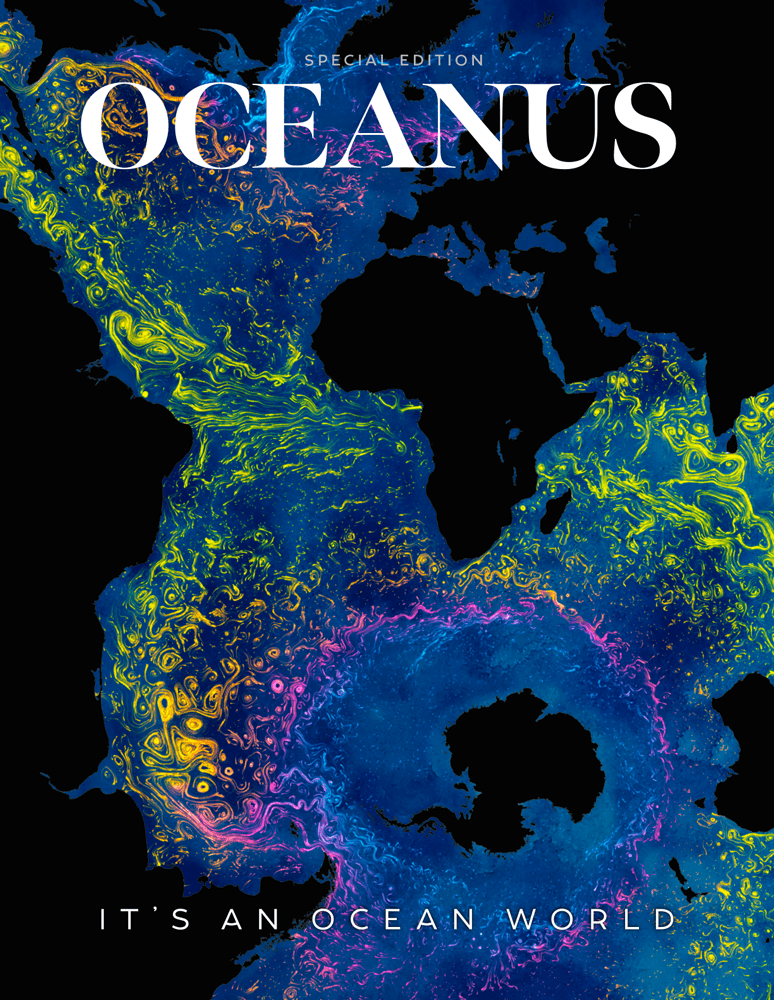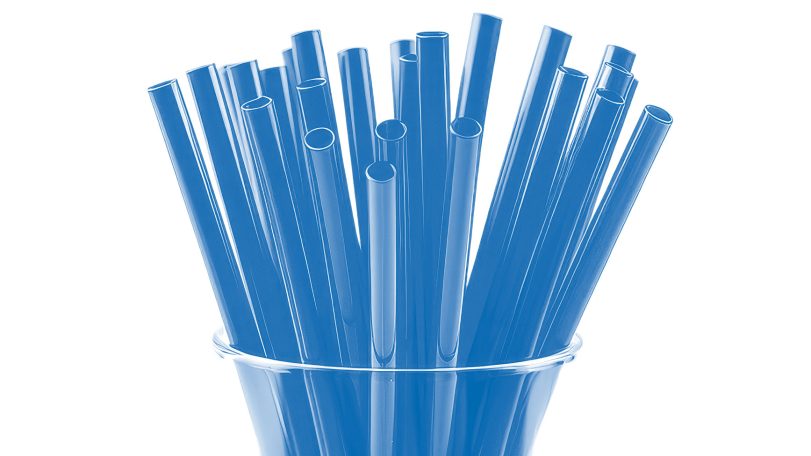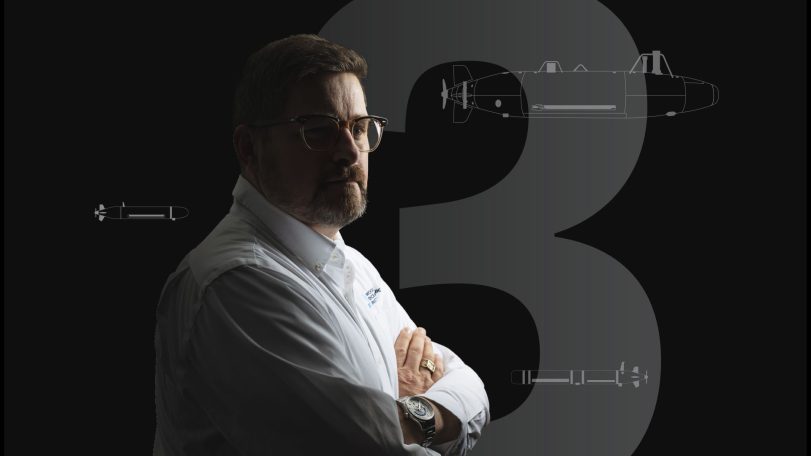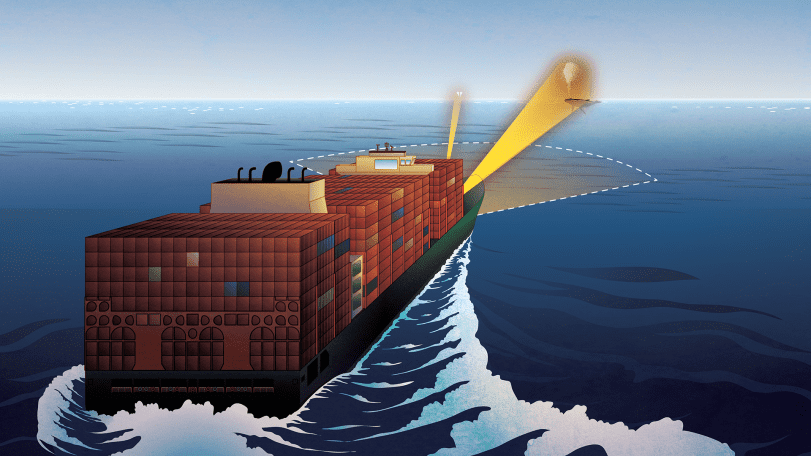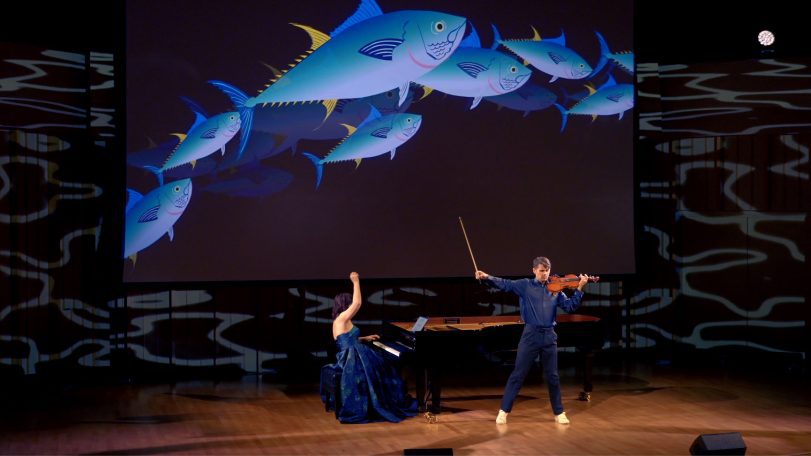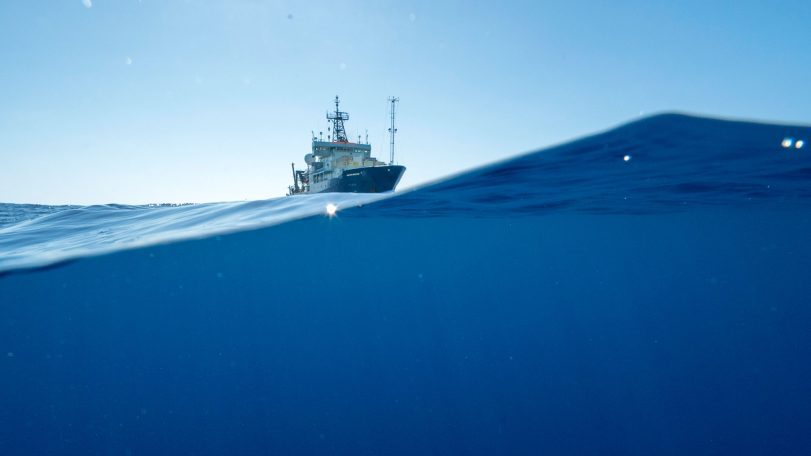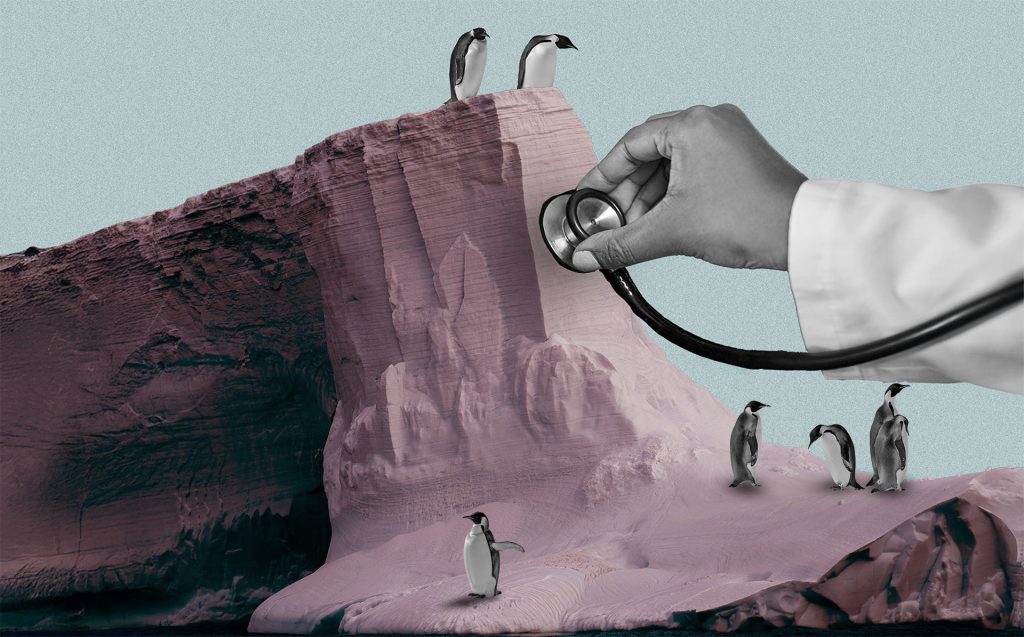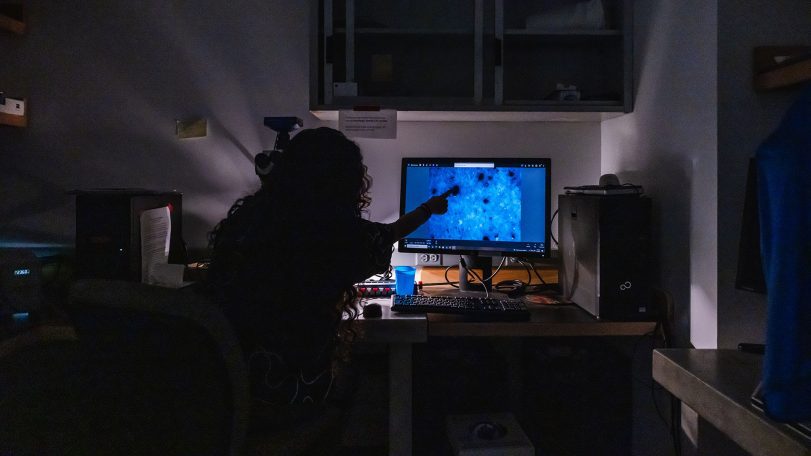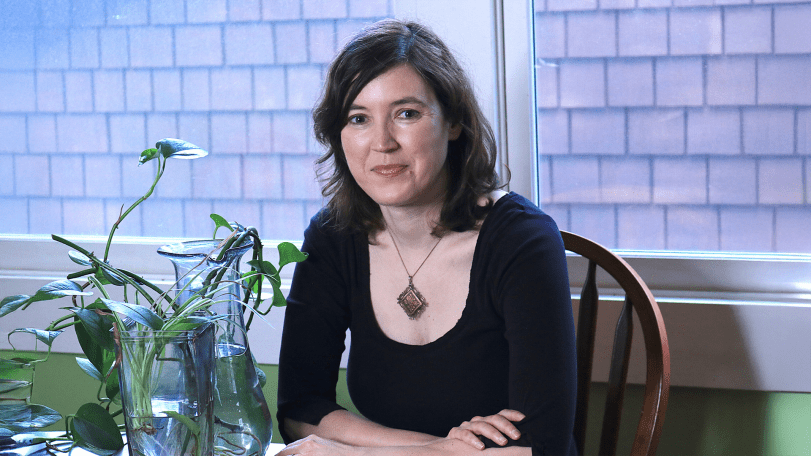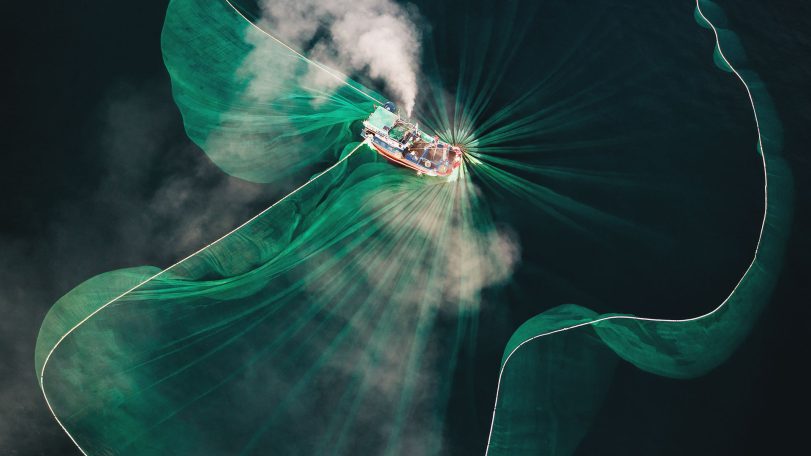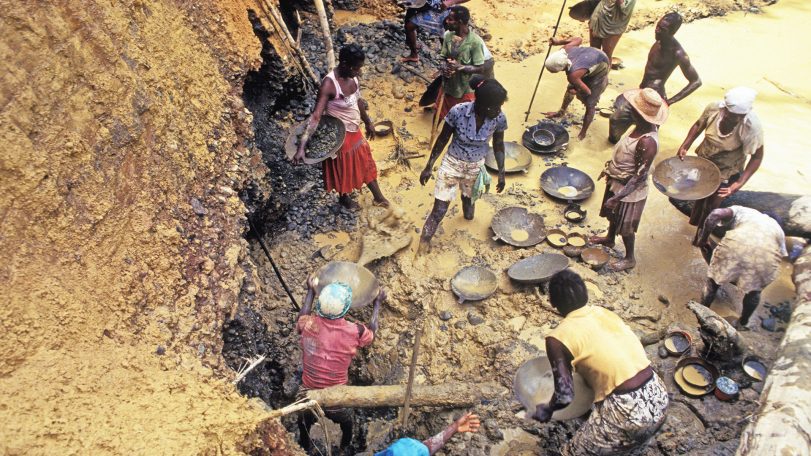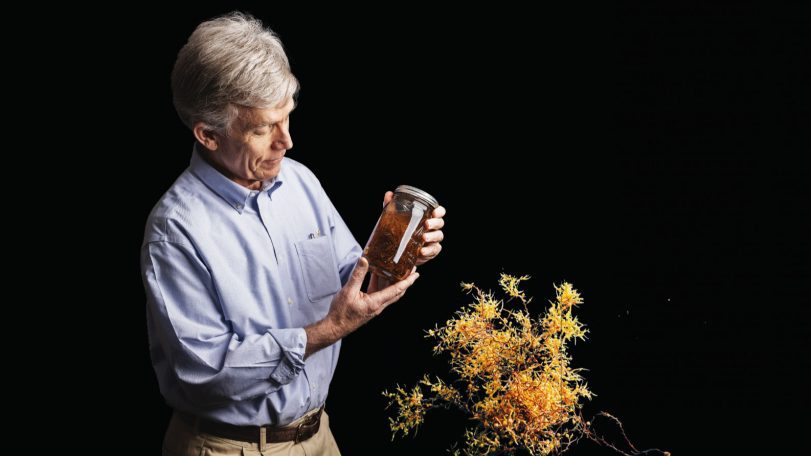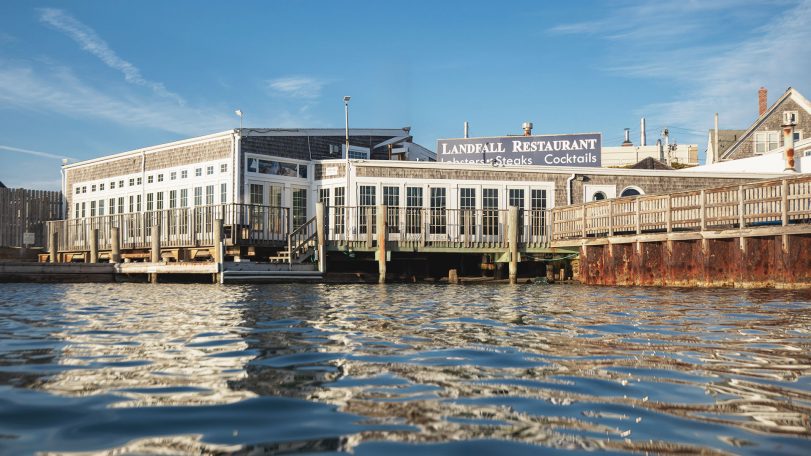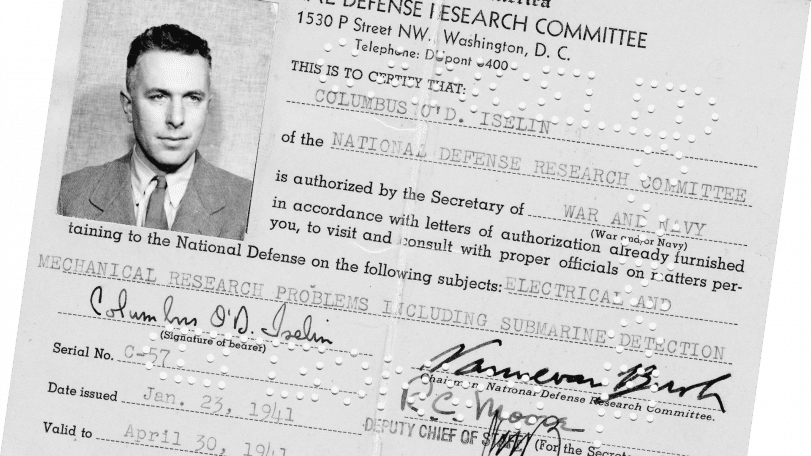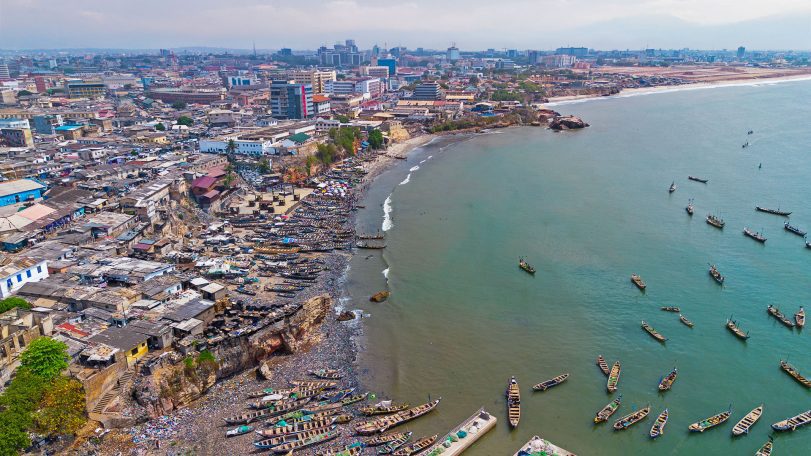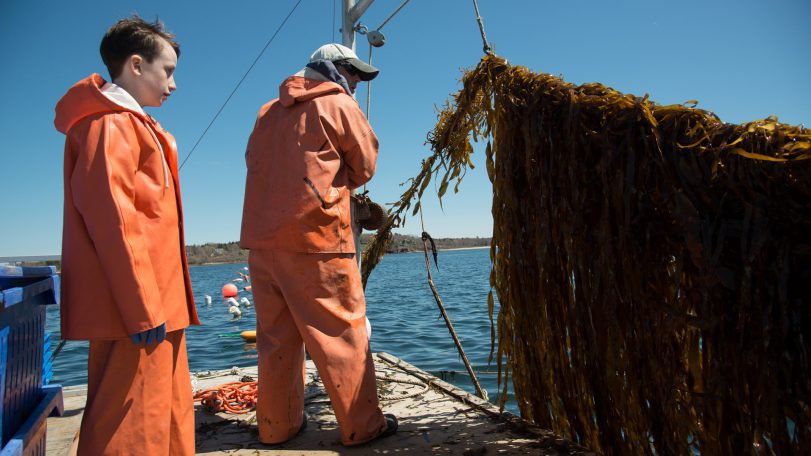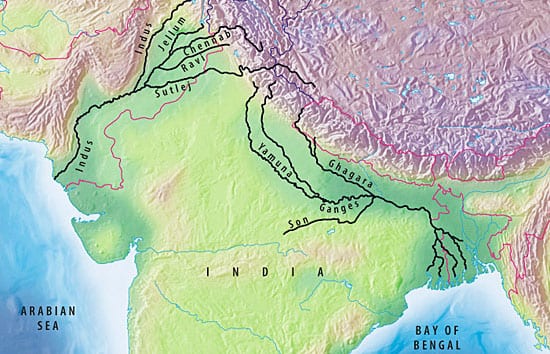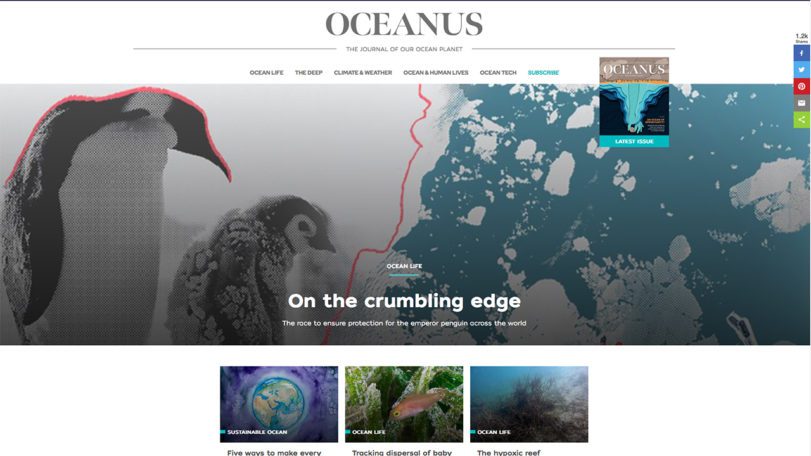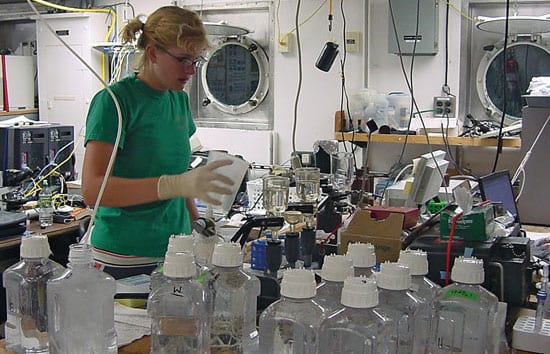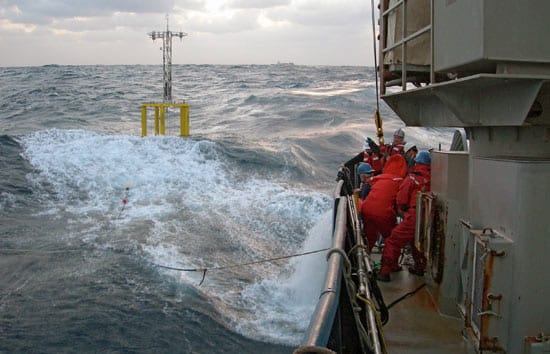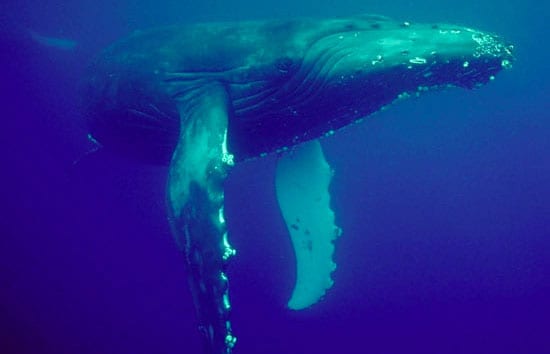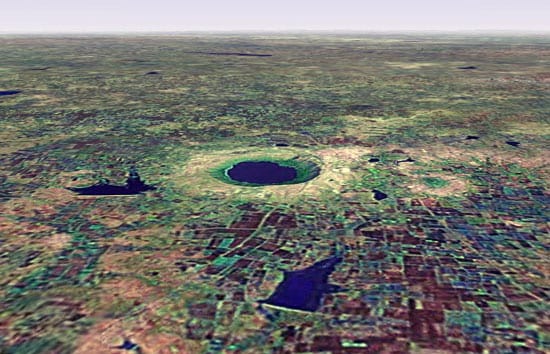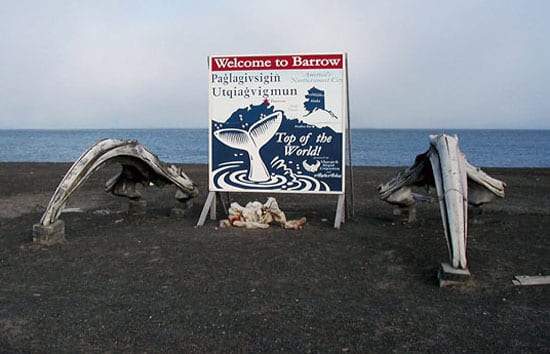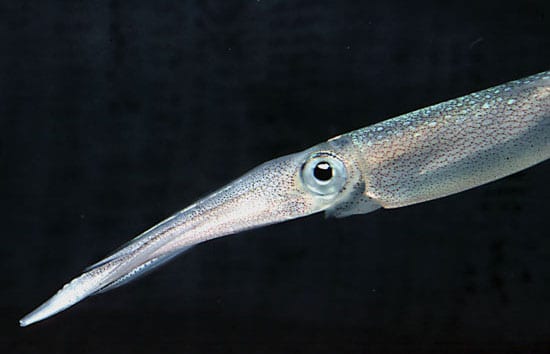
The Ocean (Re)Imagined
How expanding our view of the ocean can unlock new possibilities for life
The ocean weather nexus, explained
The vital role of ocean observations in extreme weather forecasting
Breaking down plastics together
Through a surprising and successful partnership, WHOI and Eastman scientists are reinventing what we throw away
Three questions with Carl Hartsfield
Captain Hartsfield, USN retired, discusses the role ocean science plays in our national defense

and get Oceanus delivered to your door twice a year as well as supporting WHOI's mission to further ocean science.
Our Ocean. Our Planet. Our Future.
Body snatchers are on the hunt for mud crabs
WHOI biologist Carolyn Tepolt discusses the biological arms race between a parasite and its host
A polar stethoscope
Could the sounds of Antarctica’s ice be a new bellwether for ecosystem health in the South Pole?
Secrets from the blue mud
Microbes survive—and thrive—in caustic fluids venting from the seafloor
Top 5 ocean hitchhikers
As humans traveled and traded across the globe, they became unwitting taxis to marine colonizers
Following the Polar Code
Crew of R/V Neil Armstrong renew their commitment to Arctic science with advanced polar training
Harnessing the ocean to power transportation
WHOI scientists are part of a team working to turn seaweed into biofuel
Casting a wider net
The future of a time-honored fishing tradition in Vietnam, through the eyes of award-winning photographer Thien Nguyen Noc
Gold mining’s toxic legacy
Mercury pollution in Colombia’s Amazon threatens the Indigenous way of life
How do you solve a problem like Sargassum?
An important yet prolific seaweed with massive blooms worries scientists
Ancient seas, future insights
WHOI scientists study the paleo record to understand how the ocean will look in a warmer climate
Rising tides, resilient spirits
As surrounding seas surge, a coastal village prepares for what lies ahead
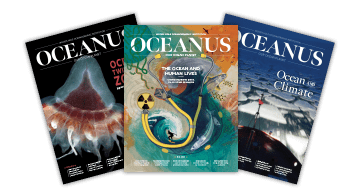
Looking for something specific?
We can help you with that. Check out our extensive conglomeration of ocean information.
Whistle! Chirp! Squeak! What does it mean?
Avatar Alliance Foundation donation helps WHOI researcher decode dolphin communication
We can’t do this alone
For marine chemist Adam Subhas, ocean-climate solutions don’t happen without community
How WHOI helped win World War II
Key innovations that cemented ocean science’s role in national defense
Life at the margins
Scientists investigate the connections between Ghana’s land, air, sea and blue economy through the Ocean Margins Initiative
Grits, storms, and cosmic patience
As storms stall liftoff, Europa Clipper Mission Team member Elizabeth Spiers patiently awaits the biggest mission of her life
New underwater vehicles in development at WHOI
New vehicles will be modeled after WHOI’s iconic remotely operated vehicle, Jason
Learning to see through cloudy waters
How MIT-WHOI student Amy Phung is helping robots accomplish dangerous tasks in murky waters
A rare black seadevil anglerfish sees the light
A viral video shows a denizen of the ocean’s twilight zone making an unusual trip to the surface
Changing the Course of Rivers and History
Punjab means “five rivers.” The region in northern Pakistan is named for the great rivers…
Lurking Benignly on the Seafloor, the ‘Yeti’ Crab is Discovered
Biologist Cindy Van Dover routinely finds new, unusual creatures when she dives to unexplored areas…
About Oceanus Magazine
Oceanus explores the oceans in depth, highlighting the research and researchers at Woods Hole Oceanographic Institution in news, features, and interviews.
ABE—The Autonomous Benthic Explorer
The pioneering deep-submergence vehicle, now 10 years old, continues to demonstrate its versatility on each new cruise.
The Oceans Have Their Own Weather Systems
From June to September 2005, oceanographer Dennis McGillicuddy and a team of more than 20 scientists from WHOI and five other marine science labs tracked an eddy named A4. It was the oceanic equivalent of a hurricane?a huge mass of water, spinning like a whirlpool, moving through the ocean for months, stretching across tens to hundreds of kilometers, stirring up a vortex of water and material from the depths to the surface. But unlike destructive hurricanes, eddies are productive.
Live From the Tropics, It’s an Ocean Network
With a click of his computer mouse, Scott Gallager was swimming with the fishes off…
The Hunt for 18° Water
In 1959, oceanographer Valentine Worthington gave a name and an identity to a long-observed but poorly understood phenomenon of the North Atlantic. Valentine described how the interior of the Sargasso Sea contained distinct parcels of water with remarkably constant salinity, density, and temperature?roughly 18? Celsius. Decades later, his successors from Woods Hole Oceanographic Institution and eight other institutions have launched a far-reaching program to examine the formation and evolution of Worthington?s famous water and how it might influence North Atlantic climate.
Caught in the Middle of the Marine Mammal Protection Act
In the past few years, several research projects have been halted because of conflicting interpretations of the Marine Mammal Protection Act. Energy, shipping, and naval interests claim the MMPA hampers their ability to work in the sea. Environmentalists and animal rights want the act strictly enforced. In between are scientists.
One of the Greatest Volcanic Shows on Earth
About 50,000 years ago, a huge meteorite smacked into our planet, gouging a hole more…
What Brings the Food that Brings the Whales?
Watching the gray, pitching ocean from the beach in Barrow, Alaska, Carin Ashjian, a biologist…
New Sonar Method Offers Window into Squid Nurseries
Squid fishing has increased substantially in the past decade, with no way to assess the continuing viability of the stock?until now.
Dust Busters for the Oceans
Like most living things, microscopic marine plants need iron and other minerals to live and…
